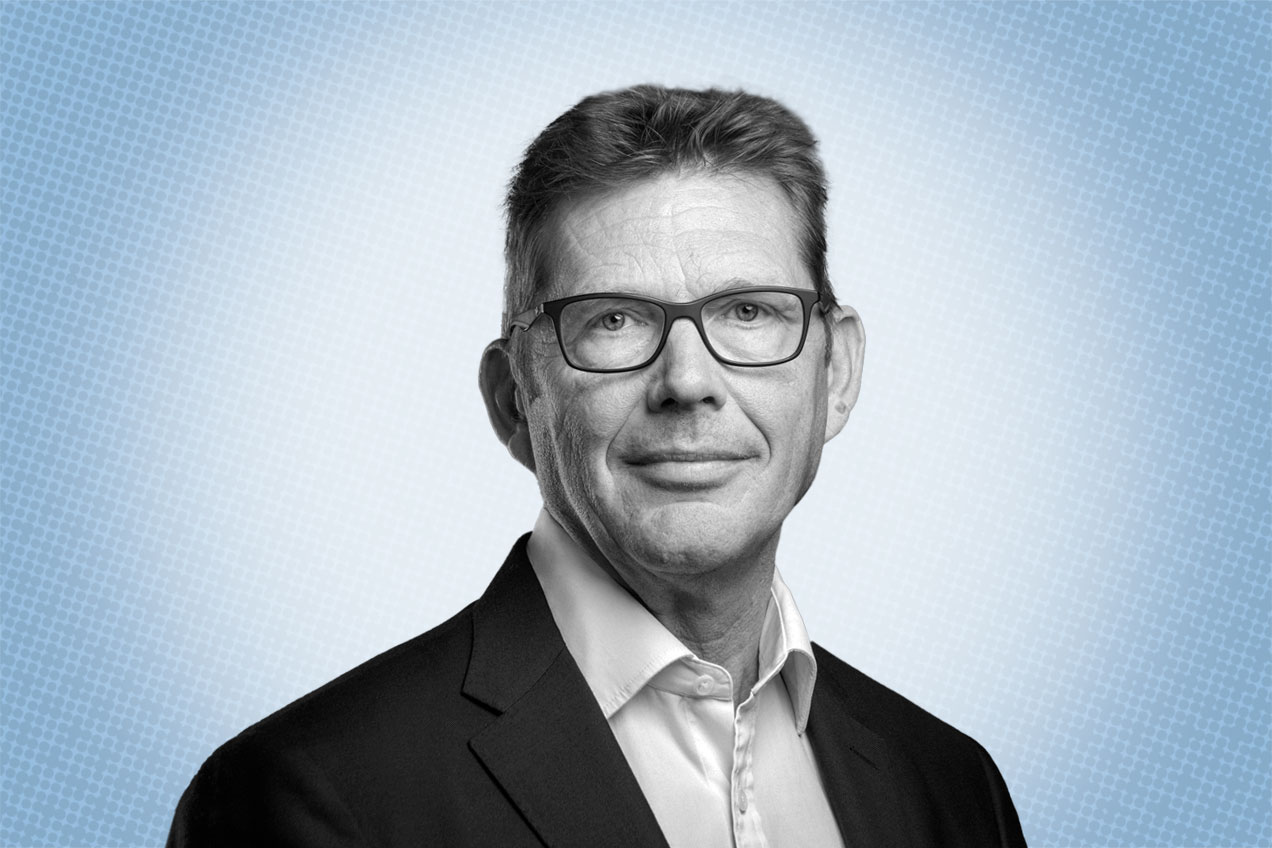
Chinese raw materials, components and major sub systems are already an important part of every European wind farm.
The European incumbent OEM’s have seen every scenario in the short (40 year-ish) history of the industry. From the very beginning the OEM’s were entrepreneurial inventors – trying out new concepts and materials. They drew design and engineering influences from a wide range of industries, from marine to aerospace to civil engineering.
This innovation led to convergence on the three-bladed upwind (Danish concept) which became widely adopted. Direct drive and gearbox technologies were developed in parallel.
Roll on a few more years, as wind turbines grew to a 1MW rating, and challenges appeared. There were gearbox problems, blade failures and foundations issues. Some thought the industry was doomed to fail. It didn’t, innovation and solid analysis got it sorted, albeit with a lot of retrofitting.
Now, turbine sizes are much bigger but broadly the same principles are used, whether it’s direct drive or gearbox technology. The physical size of wind turbines is driving the biggest engineering challenges – hence occasional serial production issues arising.
Installability, reliability and LCoE
The new competitive battleground for wind turbine OEM’s will be innovations driving levilised cost of energy (LCoE) reductions, installability and reliability.
Next generation wind turbine generators need to be self-installing to mitigate the eye-watering cost of cranes for tall towers and floating wind installation and maintenance. Tower technology needs to solve the paradox of large diameters being difficult to deliver to site and limits to the availability of increasingly large volumes of thick steel plate.
Next generation towers will self-install but will also create a new logistics model for delivery to site, no longer limited to the diameter limits on road transport.
Floating wind will eventually achieve gigawatt scale at an acceptable LCoE, but only with solutions for installation and major component swap out at sea.
Blades manufacturing processes need a radical shake up to address and improve process reliability and reduction of capital expenditure (Capex).
Everyone wants innovation, yet nothing changes
My biggest concern is that there is a huge amount of tokenism around innovation. Everyone nods sagely and agrees it has to happen and then nothing changes.
European OEMs are all struggling in financial recovery mode. Governments talk the talk but struggle to find the right vehicles to encourage innovation.
Developers are largely technology agnostic and reluctant to invest in the supply chain. The stock response is – “Let us know when it’s proven.” How can you prove anything without demonstration?
Of course, there are notable exceptions, and we should applaud the developers who do take their role in encouraging innovation and demonstration seriously.
Now here’s the rub: European manufacturers have to find a way to innovate and demonstrate such innovations, supported by developers, otherwise the Chinese OEM’s will grab the moment – taking both technology and market leadership.
Julian Brown has a portfolio of non exec interests including as chair of Tekmar Group, SenseWind and DFM Blades. He is also a non exec director of BW Ideol and ORE Catapult

